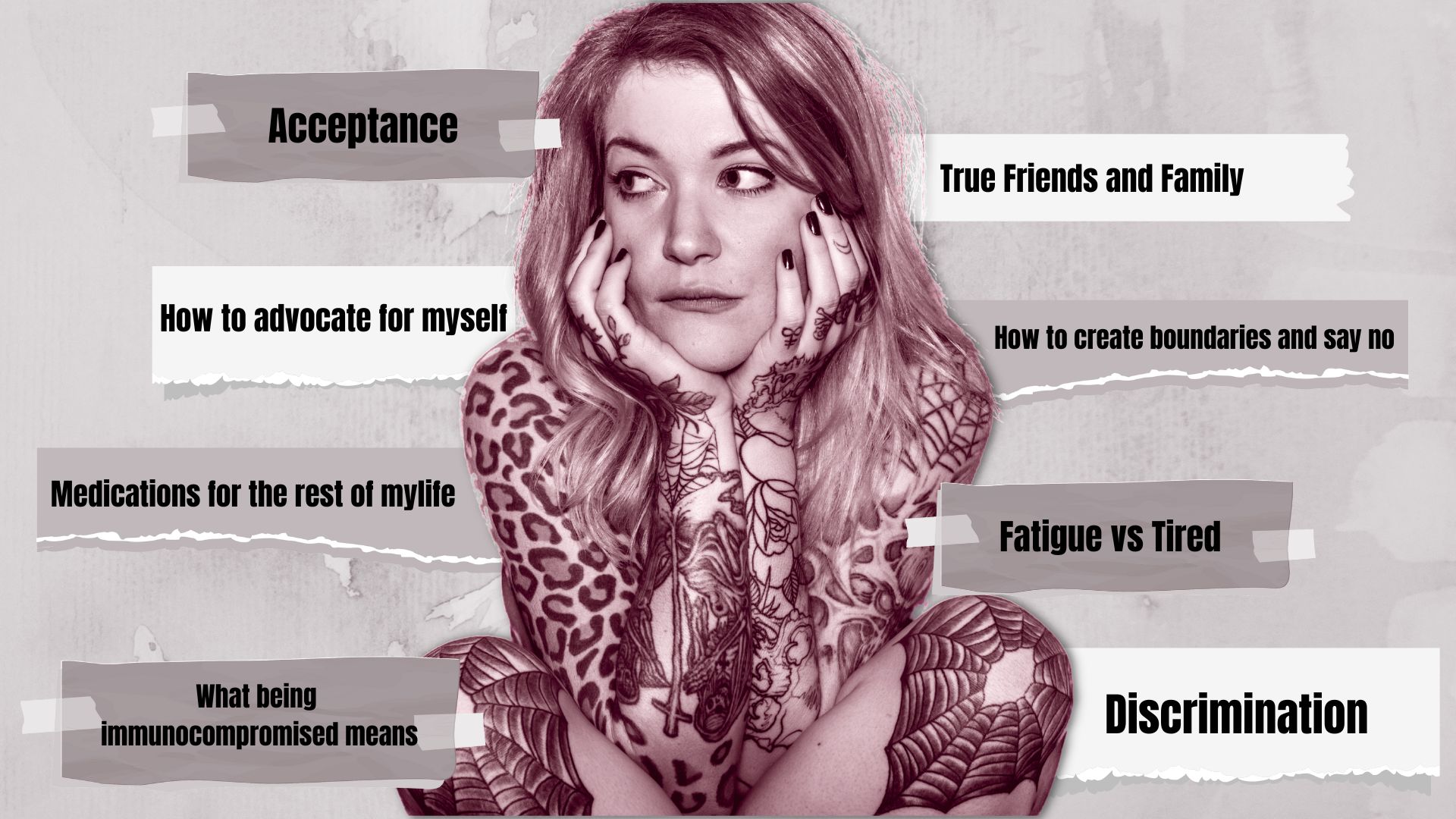Presented by Ashley Newton, BS, MPS, PMP, vice president of the Center for Clinical Excellence at Centerstone Research Institute
Patients with chronic, complex health conditions experience better treatment outcomes when they have access to services and treatments designed for their unique needs. This webinar explores common problems patients experience and how the health care system is responding to provide solutions intended to help people get better faster. In her current role, Newton leads an interdisciplinary team tasked with closing the gap between research and service to bring what we learn through evidence-based research to practice and in the service of patients.
Fast Facts from the Webinar
1. Integrated care means coordinating the overall concerns of a person across physical and mental (behavioral) health care services
People have multiple health care needs. For example, 68 percent of adults with a mental illness have one or more chronic conditions and therefore need different types of care when managing their health. Integrated care means coordinating the overall concerns of a person across physical and mental (behavioral) health care services so different providers involved in a person’s care can work together to treat the whole person, not just a single disease. It is an approach to caring for people with complex health care needs to achieve the best outcomes possible for patients. It may involve the coordination of mental health, substance abuse, primary care services and other specialized services.
2. An integrated care system has many goals
These include:
- Understanding the unique needs of patients
- Helping people get better faster
- Understanding the factors that impact recovery in order to predict relapse
- Understanding how best to use technology-enabled care (i.e., what are the tools to help enhance the patient experience?)
- Understanding how to use data to better understand patients and their experiences
3. Connecting research findings to a heath care setting takes time
Adoption of evidence-based research into practice must occur constantly. We have to work at reducing the science-to-service gap. Currently it takes 13 to 17 years for something we learn through research to make its way into clinical practice.
4. Tracking outcomes is important to set goals of care and treatment
Clinicians and patients should work together to use available data to set goals for the treatment and management of diseases. Tools like ArthritisPower can help patients track symptoms or disease activity which they can then share with their clinicians to monitor progress toward treatment goals in a shared decision-making approach.
The Patient Perspective
Here’s what participants said they learned from this webinar:
- “The material that was presented was concise and the concept was of great importance. Having worked in a dental office for almost 50 years, I can appreciate putting patients at the center of care.” — Susan S., health care professional
- “A very important topic and the personal story behind it was very inspiring. We each have to contribute whether as patients, as doctors, or as caregivers to making the health system work better and more efficiently.” — Sandy V., patient participant
Get Involved in Arthritis Research
If you are diagnosed with arthritis or another musculoskeletal condition, we encourage you to participate in future studies by joining CreakyJoints’ patient research registry, ArthritisPower. ArthritisPower is the first-ever patient-led, patient-centered research registry for joint, bone, and inflammatory skin conditions. Learn more and sign up here.
This webinar was produced with the Autoimmune and Systemic Inflammatory Syndromes Collaborative Research Group (ASIS CRG). As part of the National Patient-Centered Clinical Research Network, this research group collaborates with stakeholders including patients, caregivers, advocacy groups, providers, and funders early on to move research forward more quickly and more efficiently. Learn more about our work here.





